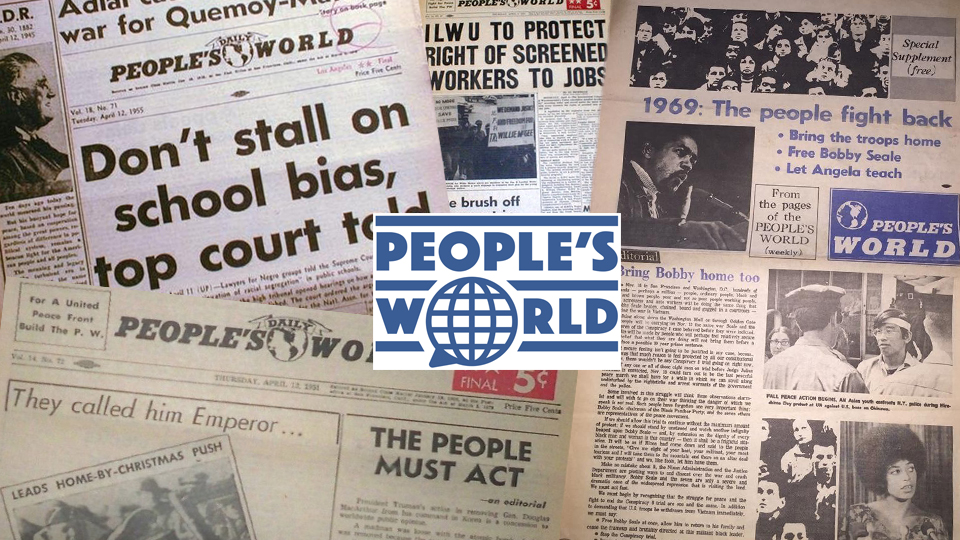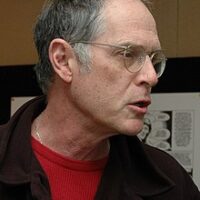
Today’s People’s World bears the legacy of American socialist and communist newspapers going back to the 1880s. Around those papers, their editors, writers, cartoonists, and other staff centered communities of working-class supporters, making the publication possible.
It also bears the legacy of one specific and unique Communist newspaper published on the “Left Coast,” the West Coast, during the 1940s and 1950s—the old People’s World.

Today’s People’s World deserves and needs financial help. In that case, it is not only because it is useful and inspiring today, but because of this heritage.
The immigrant Germans, mostly working in craft-oriented trades, maintained a fragile socialist movement in the 19th century. Their daily papers in New York and Chicago offered journalism of reportage and commentary, with special literary-cultural supplements on the weekends. Their editors were famous for speech-making and writing short stories or poems, and their following in the “Turnvereins” and taverns gathered by the thousands on summer Sundays to drink Germanic, union-made beer and look forward to a socialist future.
By the 1890s, the Yiddish press emerged from the new Jewish immigration, eloquent poetry on the front page, and future playwrights or novelists supplying literary notes. The new century added dozens, then hundreds of socialist newspapers, not only in English (including the Appeal to Reason, with a weekly circulation of a half million) and in a dozen languages of the newest immigrants. Hungarian, Slovenian, Polish, Greek, and other papers appeared in blue-collar neighborhoods around factories. Immigrants published them in fraternal halls where members of ethnic “sickness and death benefit societies” came to hear lectures, eat, drink, and dance.

The Communist press that emerged in the 1920s shared this legacy. For more than a decade, Communist papers appearing in Yiddish, Hungarian, Finnish, and other languages had as many readers or more than the Daily Worker.
In the middle 1930s, with the rise of the Popular Front, the Daily Worker came into its own, with talented cartoonists and even comic strips lightening the tone of the class struggle and the appeal for racial equality. The People’s World out west was “something else.” It felt like the Bay Area and Los Angeles, including Hollywood. It was stylish as no Communist paper had been. It had fine poetry and original art.
When I began reading People’s World in 1968, it had successfully leaped the generation gap, with the likes of Angela Davis and Bettina Aptheker in the new generation.
Enough history! Today’s People’s World needs to continue the excellent work!
With your support, it will! Donate $10, $25, $50, or $100 online today. Or mail checks payable to:
People’s World
235 W. 23rd St. 7th Fl.
New York, NY 10011.

In solidarity,
Paul Buhle
Co-editor, Encyclopedia of the American Left; co-editor, Paul Robeson: Ballad of an American, a graphic novel drawn by Sharon Rudahl










